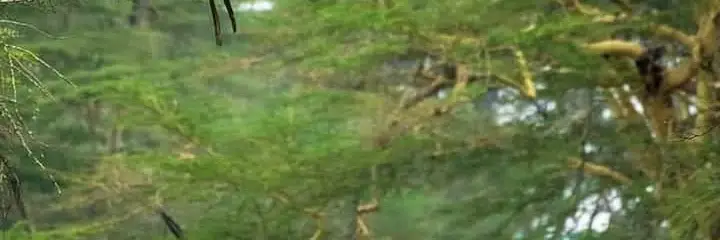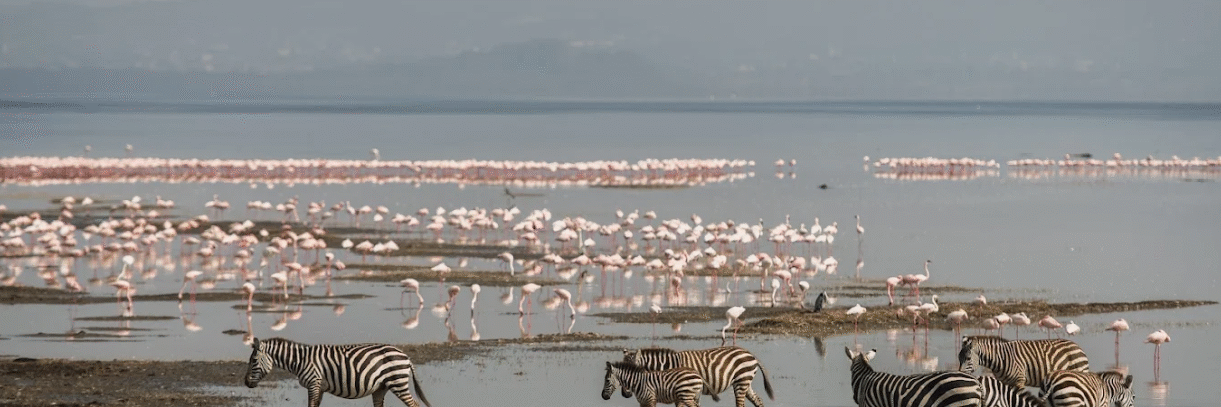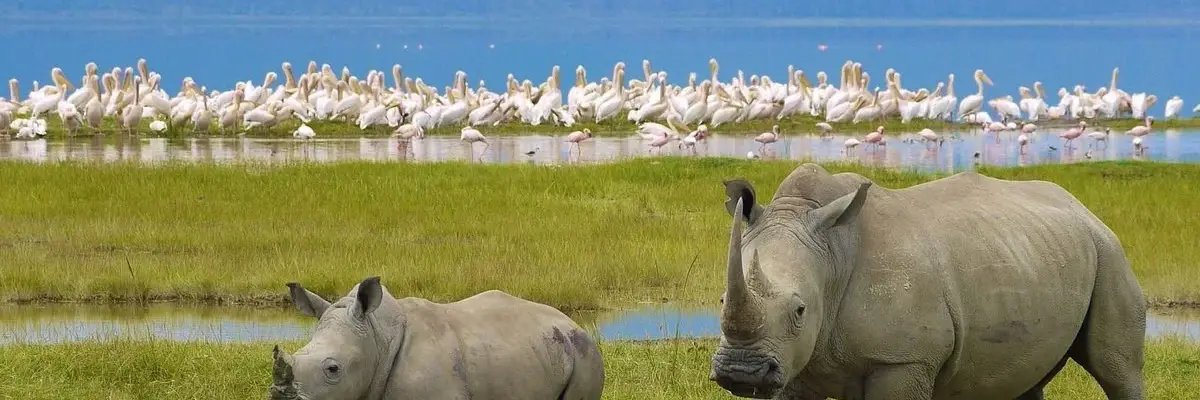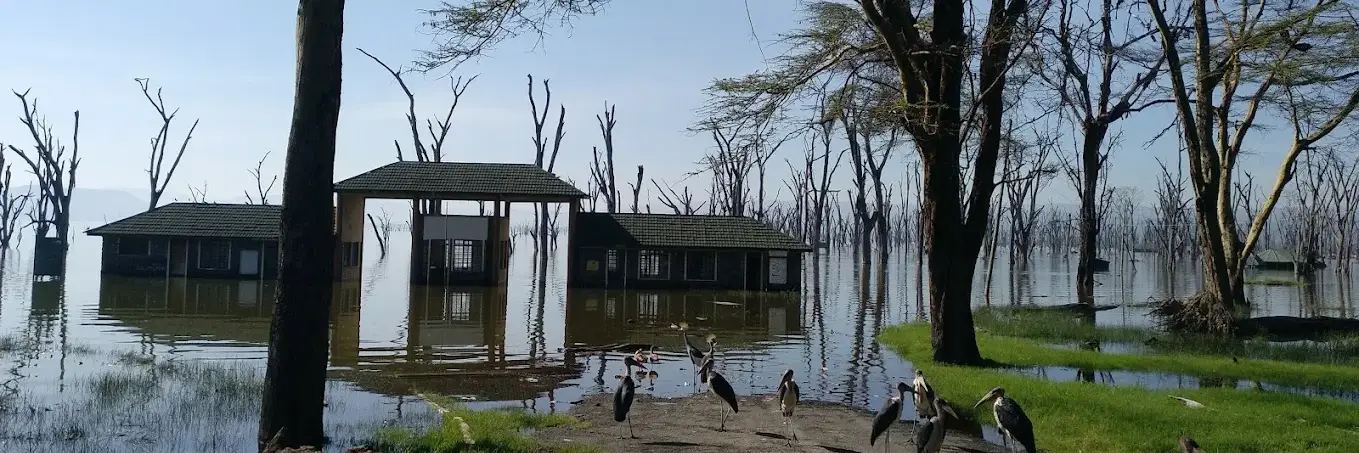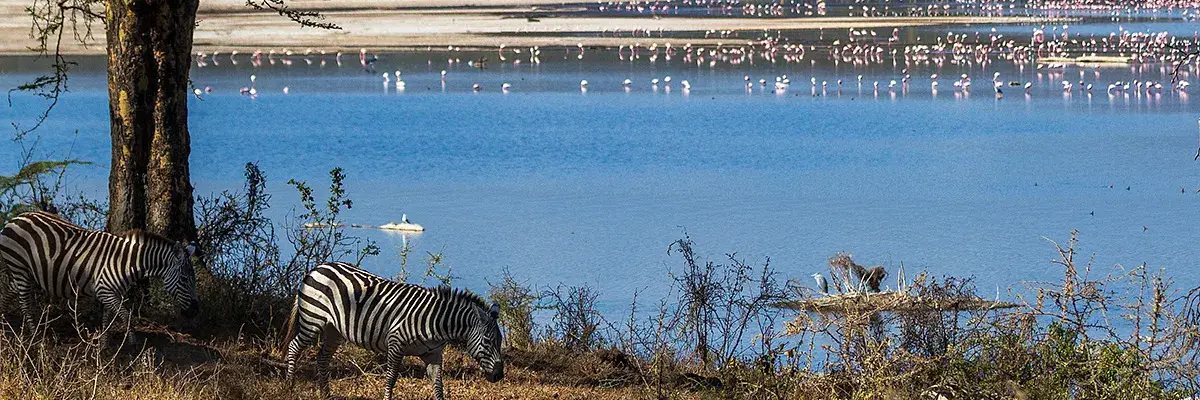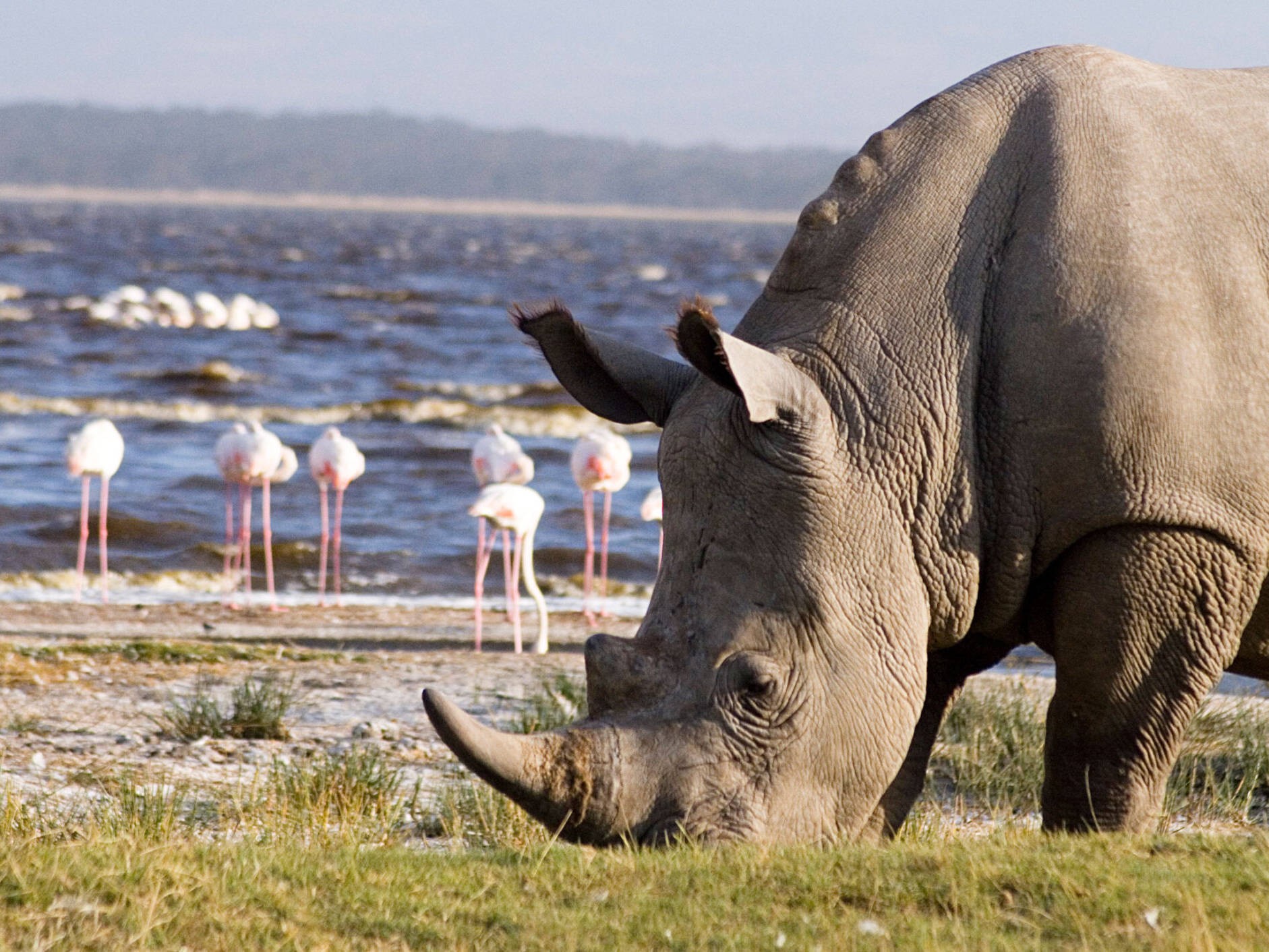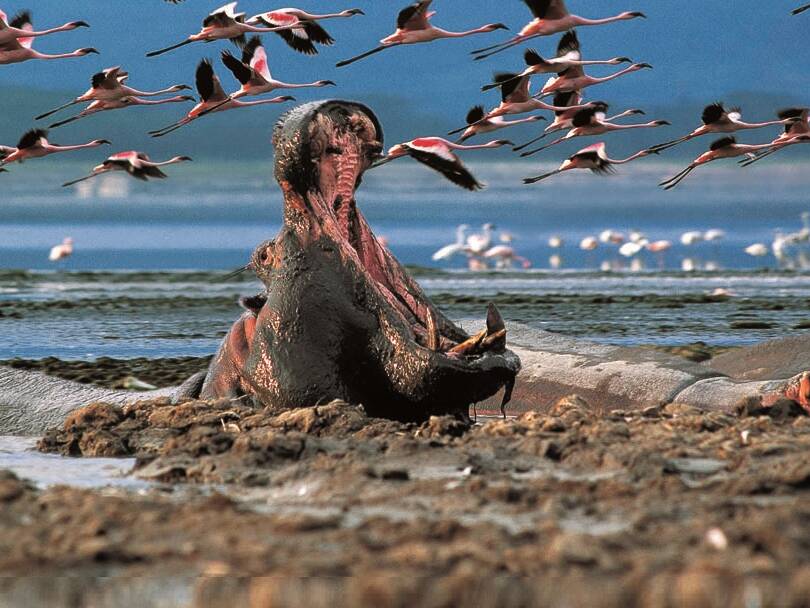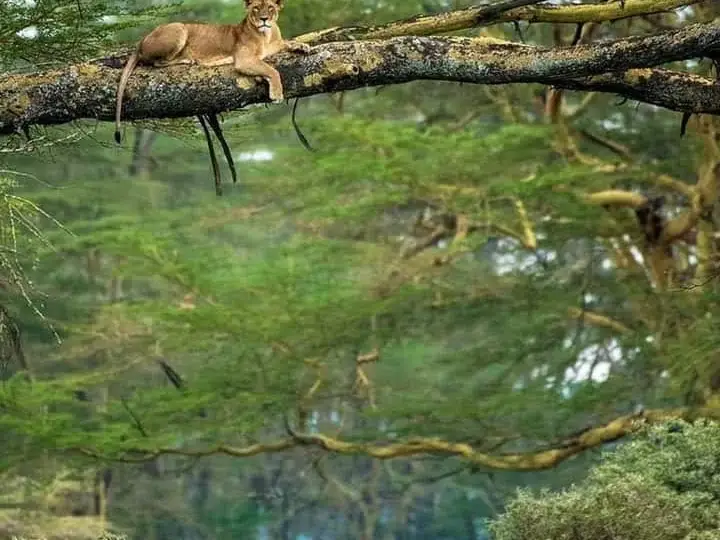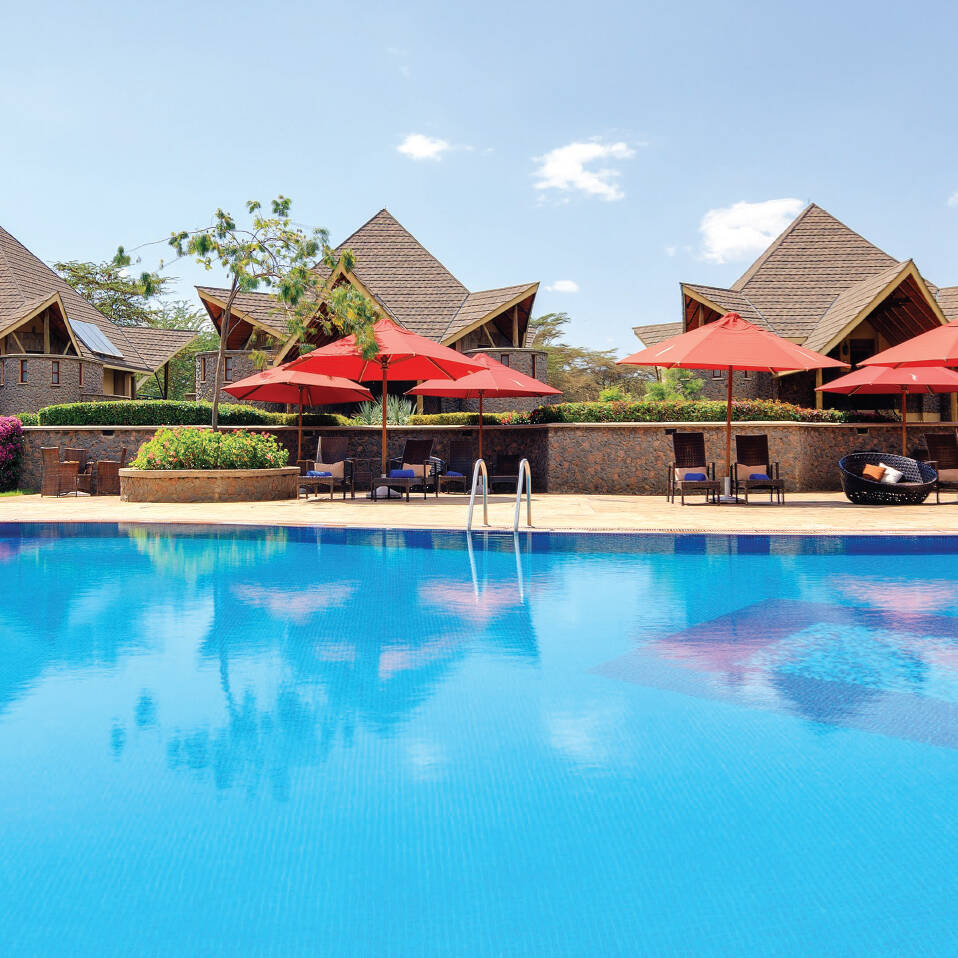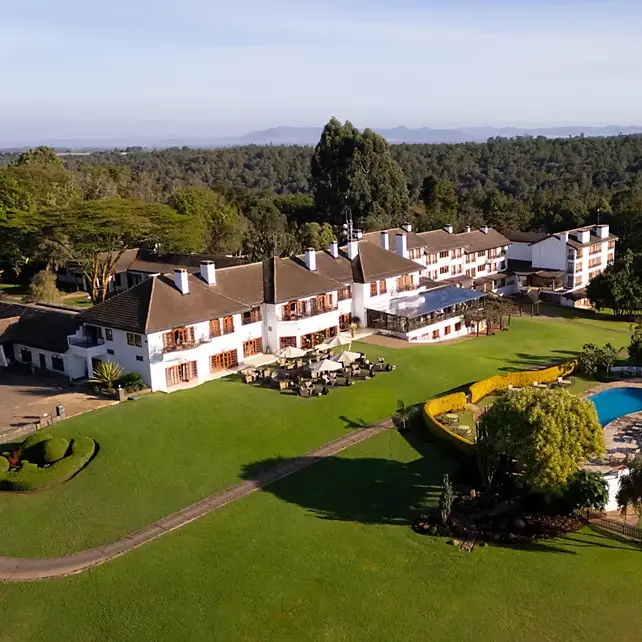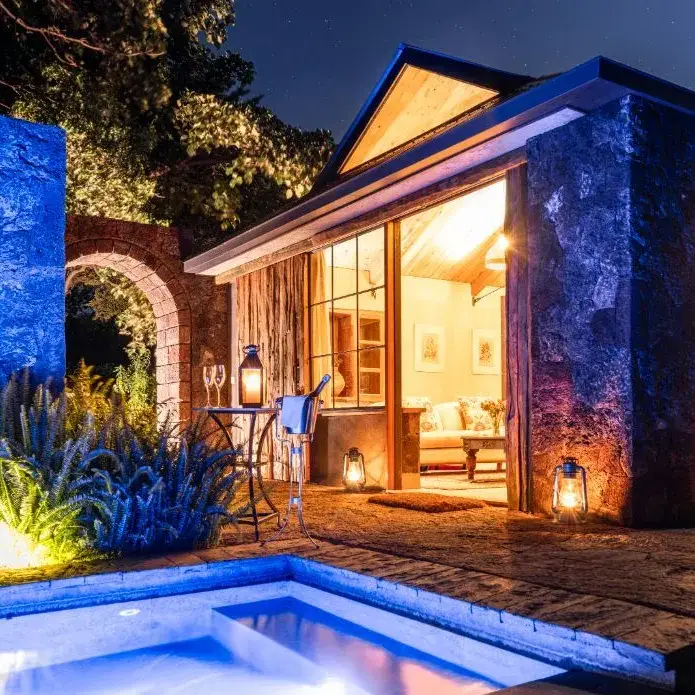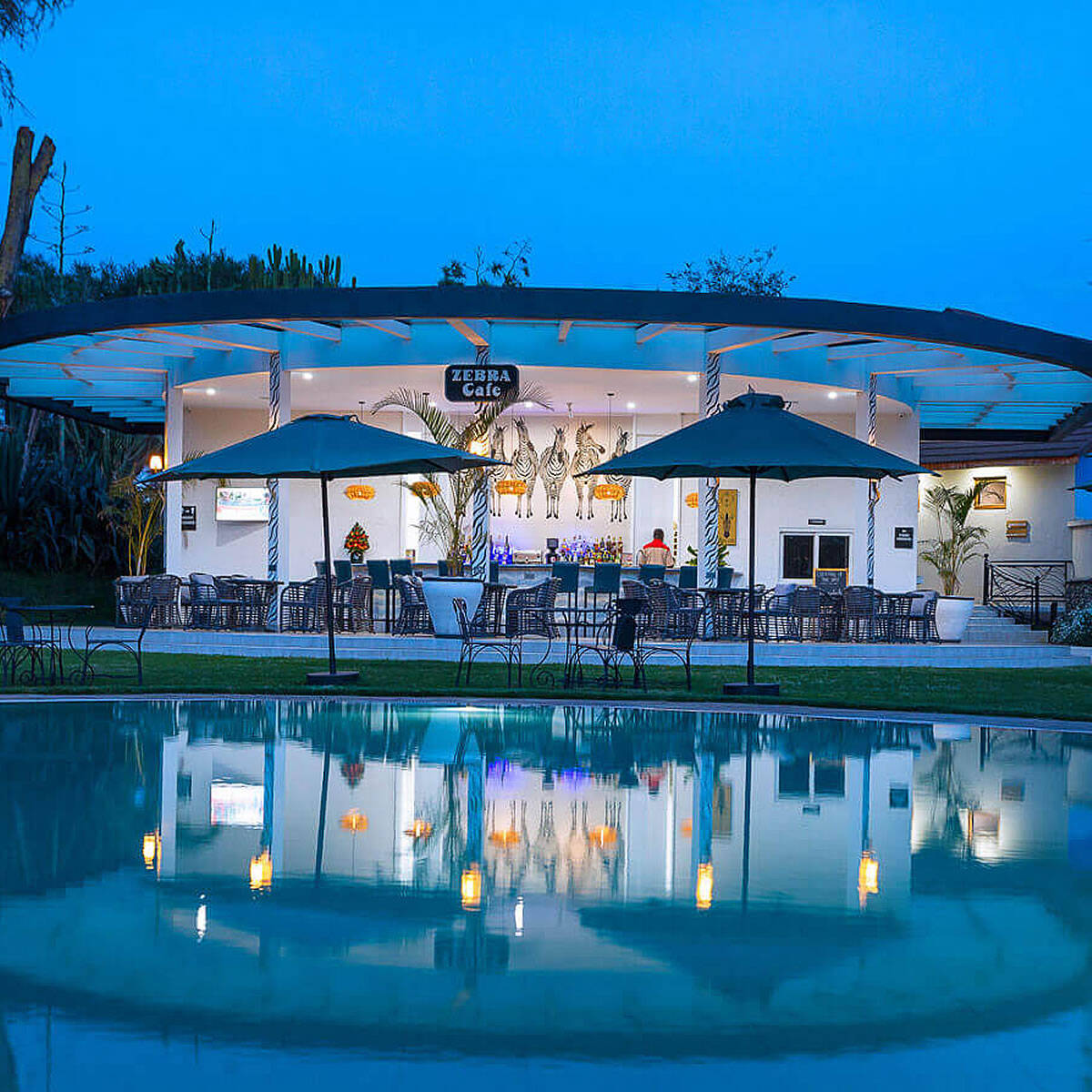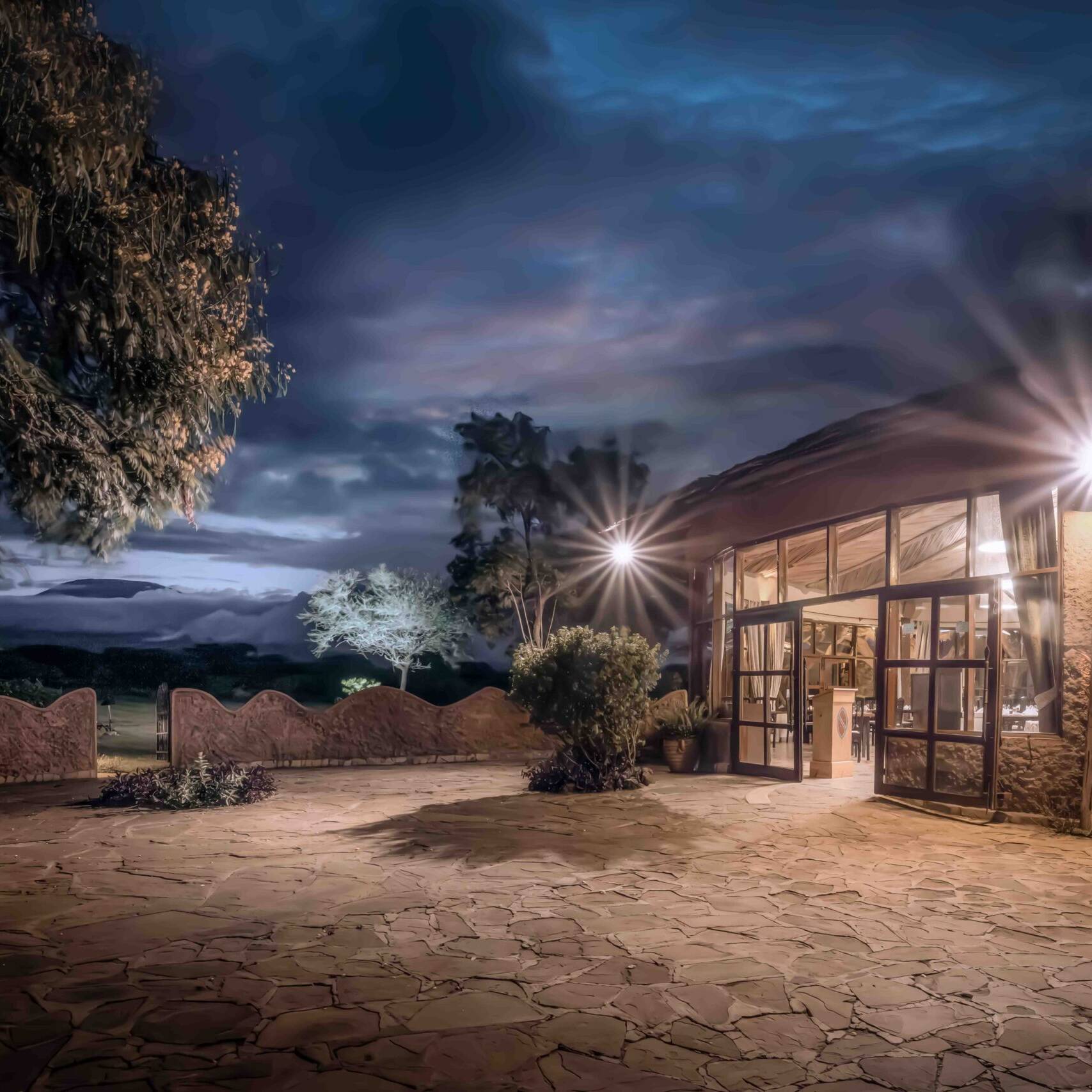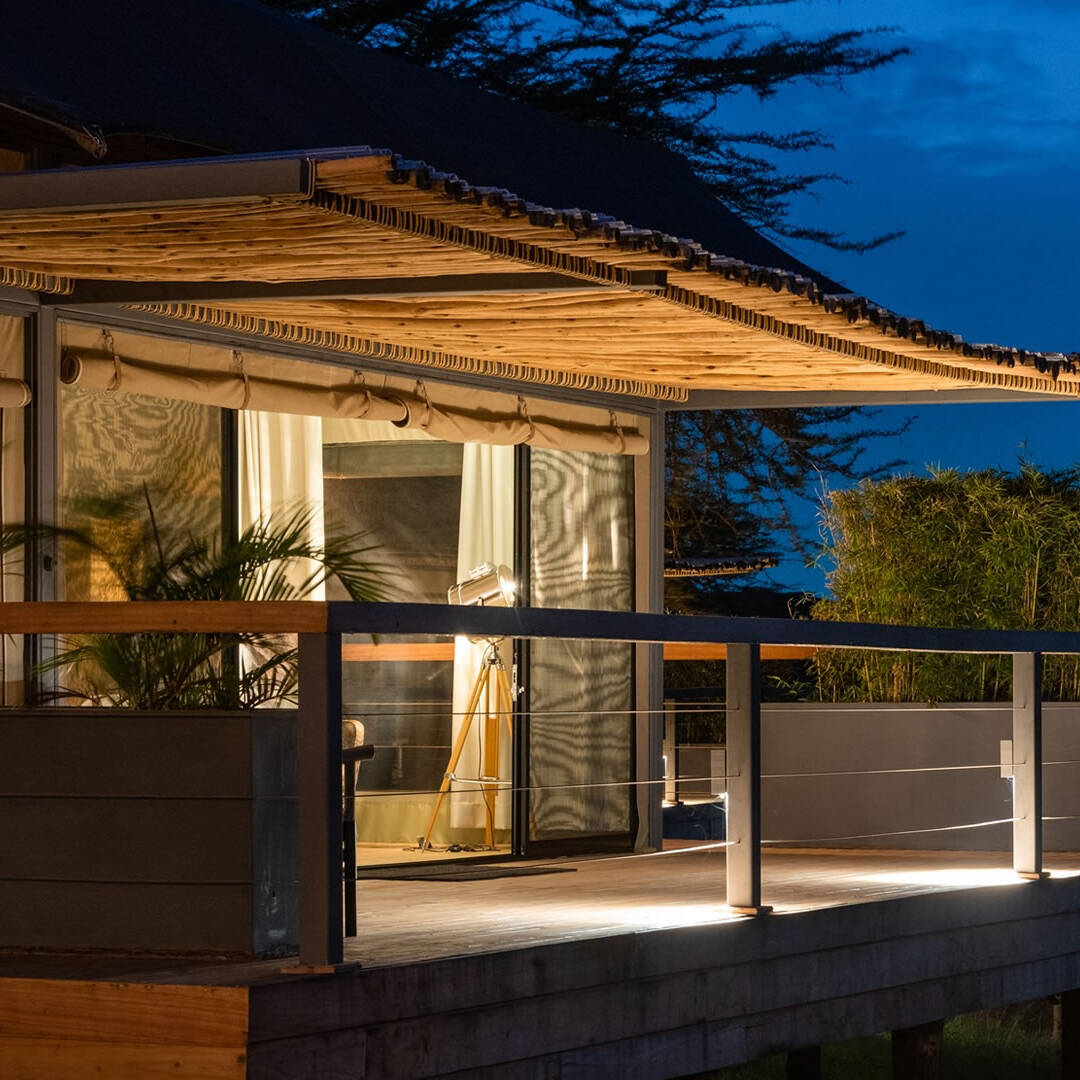Lake Nakuru National Park, established in 1961, covers 188 square kilometers and occupies a significant ecological niche within Kenya’s Rift Valley, bordering the urban environment of Nakuru city. The park is renowned for its seasonal gatherings of up to two million flamingos, attracted by cyanobacteria found in Lake Nakuru. The landscape includes acacia woodlands and open grasslands, supporting diverse wildlife such as black and white rhinoceros, Rothschild’s giraffe, buffalo, leopard, and more than 450 bird species.
Established as Africa’s first official rhino sanctuary in 1984, Lake Nakuru National Park has played a major role in regional conservation efforts, especially regarding anti-poaching initiatives and species protection. The dry seasons, between June and September or January and February, are optimal for wildlife viewing, as animal concentrations increase and visibility improves. And thanks to the park’s manageable size, it’s entirely possible to achieve a comprehensive safari experience in a single morning.
Guided Game Drives
Experience the park’s diverse landscapes with professionally guided game drives, scheduled in the early morning & late afternoon. Key routes include focused visits to the Rhino Sanctuary, where rangers provide in-depth insights into conservation initiatives, and the scenic shoreline loops at Euphorbia Hill, renowned for their vibrant flamingo populations & resident pelicans. Drives generally run three to four hours, incorporating stops at strategic viewpoints such as Baboon Cliff.

Cycling Trails
For those preferring active exploration, the park offers designated cycling routes accessible with a valid permit. These self-guided trails traverse shoreline roads and forested zones, allowing cyclists to observe wildlife such as zebra herds, waterbucks, and giraffes in their natural habitat. Scenic rest stops are available throughout the routes, providing opportunities for relaxation and photography.
Bird Watching
Birding enthusiasts can participate in specialized excursions led by experienced guides, featuring access to well-equipped hides at Baboon Cliff and Meiriong Swamp. While flamingos are a highlight, guests can also spot African fish eagles, ospreys, papyrus canaries, and a variety of migratory waders. Scheduled at dawn and dusk, these sessions are designed to coincide with peak bird activity.
Walking Safaris
Ranger-led walking safaris emphasize rhino spoor tracking within the sanctuary, offering participants detailed explanations of anti-poaching efforts and rhino behavior. Additionally, short nature trails near the North Gate highlight local flora—particularly medicinal plants—and offer chances to spot small mammals.
Flamingo numbers can swing from over 2 million to near zero depending on lake alkalinity and water levels.
The park’s rhino sanctuary grew from fewer than 20 individuals in the 1980s to over 200 today through targeted translocations and anti‑poaching patrols.
Baboon Cliff’s name derives from troops of yellow baboons that once used the rocky escarpment as a lookout and salt lick.
Lake Nakuru was designated a Ramsar wetland in 2011, recognizing its global importance for waterbirds.
The lake’s unique chemistry supports alkali flies whose pupae are a critical protein source for flamingos.
Plan your visit
Take the first step to plan your trip with us. Our team will take the rest.



